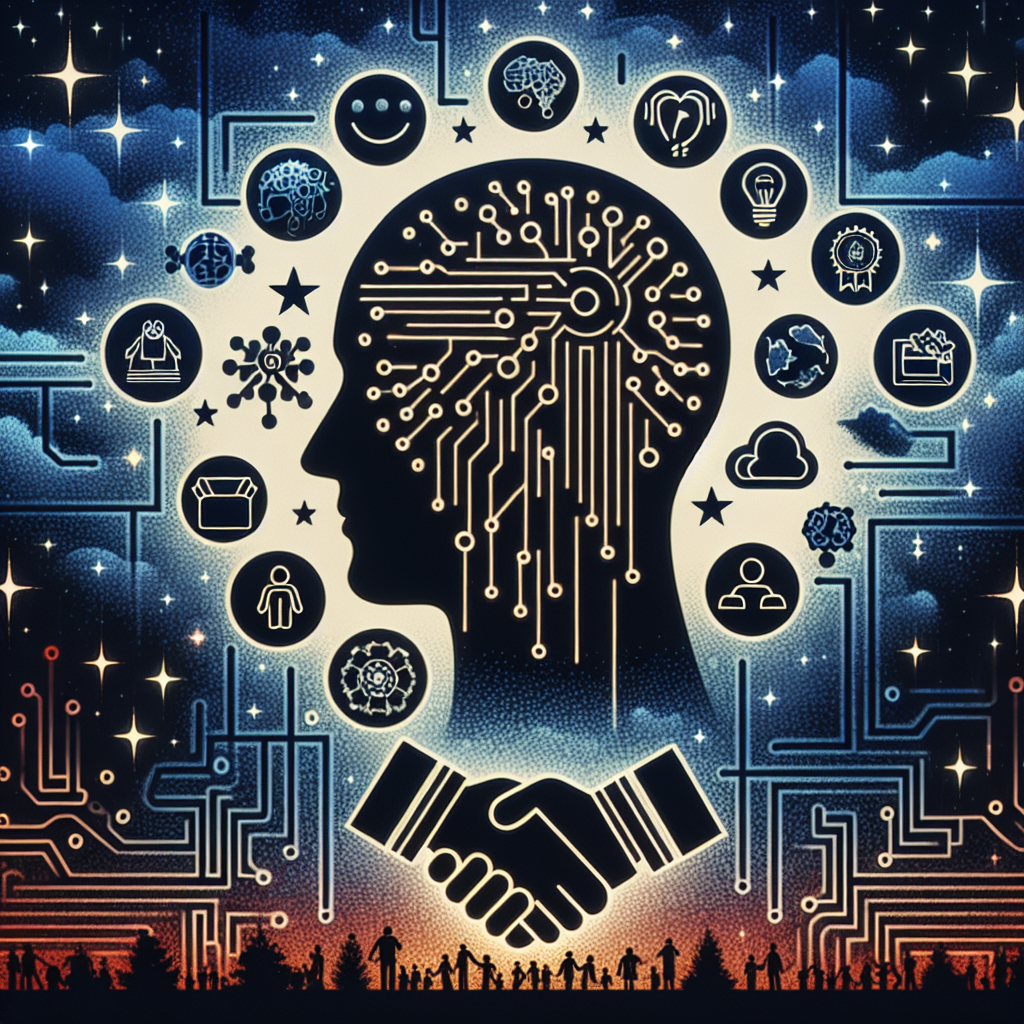Artificial intelligence (AI) has become a powerful tool in driving social innovation and change for nonprofits around the world. With its ability to analyze large amounts of data, predict outcomes, and automate processes, AI is revolutionizing the way nonprofits operate and deliver services to their communities. In this article, we will explore how AI is empowering nonprofits to foster social innovation and change, as well as some frequently asked questions about AI in the nonprofit sector.
AI for Social Impact
Nonprofits are always looking for new ways to increase their impact and reach more people in need. AI offers a range of solutions that can help nonprofits achieve their goals more efficiently and effectively. One of the key ways AI is empowering nonprofits is through data analysis. Nonprofits collect a vast amount of data on their programs, donors, and beneficiaries, but often struggle to make sense of it all. AI can help nonprofits analyze this data to identify trends, patterns, and insights that can inform decision-making and improve program outcomes.
For example, AI-powered analytics tools can help nonprofits identify which programs are most effective, which donors are most likely to give, and which beneficiaries are most in need of support. This information can help nonprofits allocate resources more strategically, target their fundraising efforts more effectively, and tailor their services to better meet the needs of their communities.
AI can also help nonprofits predict outcomes and trends, allowing them to anticipate and respond to challenges before they arise. For example, AI-powered predictive analytics can help nonprofits forecast demand for their services, identify emerging needs in their communities, and predict potential risks to their programs. This foresight can help nonprofits plan ahead, adapt their strategies, and make more informed decisions to better serve their beneficiaries.
Another way AI is empowering nonprofits is through process automation. Nonprofits often have limited resources and staff, which can make it challenging to keep up with administrative tasks and operational processes. AI-powered automation tools can help nonprofits streamline their workflows, reduce manual tasks, and free up staff time to focus on more strategic activities. For example, AI-powered chatbots can handle common inquiries from donors and beneficiaries, AI-powered scheduling tools can optimize staff schedules and appointments, and AI-powered fundraising platforms can automate donation processing and reporting.
AI is also helping nonprofits improve their fundraising efforts. AI-powered fundraising tools can analyze donor data to identify potential donors, personalize fundraising appeals, and predict which fundraising strategies are most likely to be successful. This can help nonprofits raise more funds, engage donors more effectively, and build stronger relationships with their supporters.
Overall, AI is empowering nonprofits to foster social innovation and change by enabling them to analyze data, predict outcomes, automate processes, and improve fundraising efforts. By harnessing the power of AI, nonprofits can increase their impact, reach more people in need, and drive positive social change in their communities.
FAQs about AI in Nonprofits
Q: How can nonprofits afford to implement AI technology?
A: Many AI tools and solutions are now more affordable and accessible to nonprofits, thanks to advancements in technology and increased competition in the AI market. Nonprofits can also seek funding from donors, foundations, and government grants to support their AI initiatives.
Q: Will AI replace human workers in nonprofits?
A: While AI can automate certain tasks and processes, it is unlikely to replace human workers in nonprofits entirely. AI is best used as a tool to augment human capabilities, rather than as a replacement for human workers. Nonprofits can use AI to streamline workflows, free up staff time, and improve decision-making, but human input and expertise will still be essential in the nonprofit sector.
Q: How can nonprofits ensure that AI is used ethically and responsibly?
A: Nonprofits should establish clear guidelines and policies for the ethical use of AI, including data privacy, transparency, and accountability. Nonprofits should also prioritize diversity and inclusion in their AI initiatives, to ensure that AI technologies do not perpetuate biases or discrimination.
Q: What are some examples of nonprofits using AI for social impact?
A: There are many nonprofits around the world that are using AI to drive social innovation and change. For example, the nonprofit charity: water uses AI-powered sensors to monitor water quality in remote communities, the International Rescue Committee uses AI to predict refugee movements and allocate resources more effectively, and the World Food Programme uses AI to analyze satellite imagery and predict food shortages in vulnerable populations.
In conclusion, AI is empowering nonprofits to foster social innovation and change by enabling them to analyze data, predict outcomes, automate processes, and improve fundraising efforts. By harnessing the power of AI, nonprofits can increase their impact, reach more people in need, and drive positive social change in their communities. As AI technology continues to evolve and become more accessible, nonprofits have the opportunity to leverage AI to create a more sustainable and equitable world for all.

